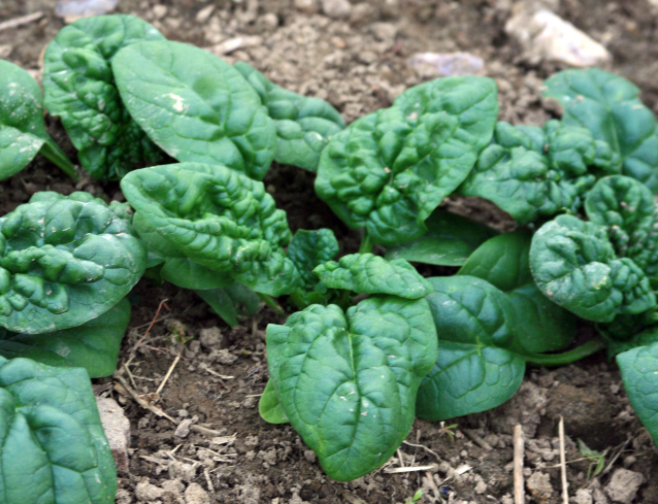The summer garden season is coming to a close. While we’re still working on certain projects like sowing bulb onions in cold frames and tending high tunnels of salad greens, we’re also resetting the garden for next spring. Even if you live in a warm, southern climate, there are still a few ways you can prepare your garden for winter. Here are ten tips to prepare your garden for winter and a great season next year.
1. Harvest or prepare to harvest warm-season crops before frost.
If you still have eggplants, peppers, tomatoes, or squash in your garden, watch the weather carefully. If a light frost is in the forecast, cover them with old sheets of row cover. When a hard frost is in the forecast, it’s time to pull in the harvest.
Our peppers are still thriving in the fall. We typically get an extra 1 to 2 weeks by covering them at night. Before the first killing frost, we uproot plants and place the roots in a bucket of water, storing them in a cool location, which can extend the harvest by 1 month.
Some tomatoes will ripen off the vine, and there are also many ways to use green tomatoes. Enjoy your eggplant and summer squash, or blanch and freeze them. Don’t forget to cure winter squash and pumpkins before putting them in storage.
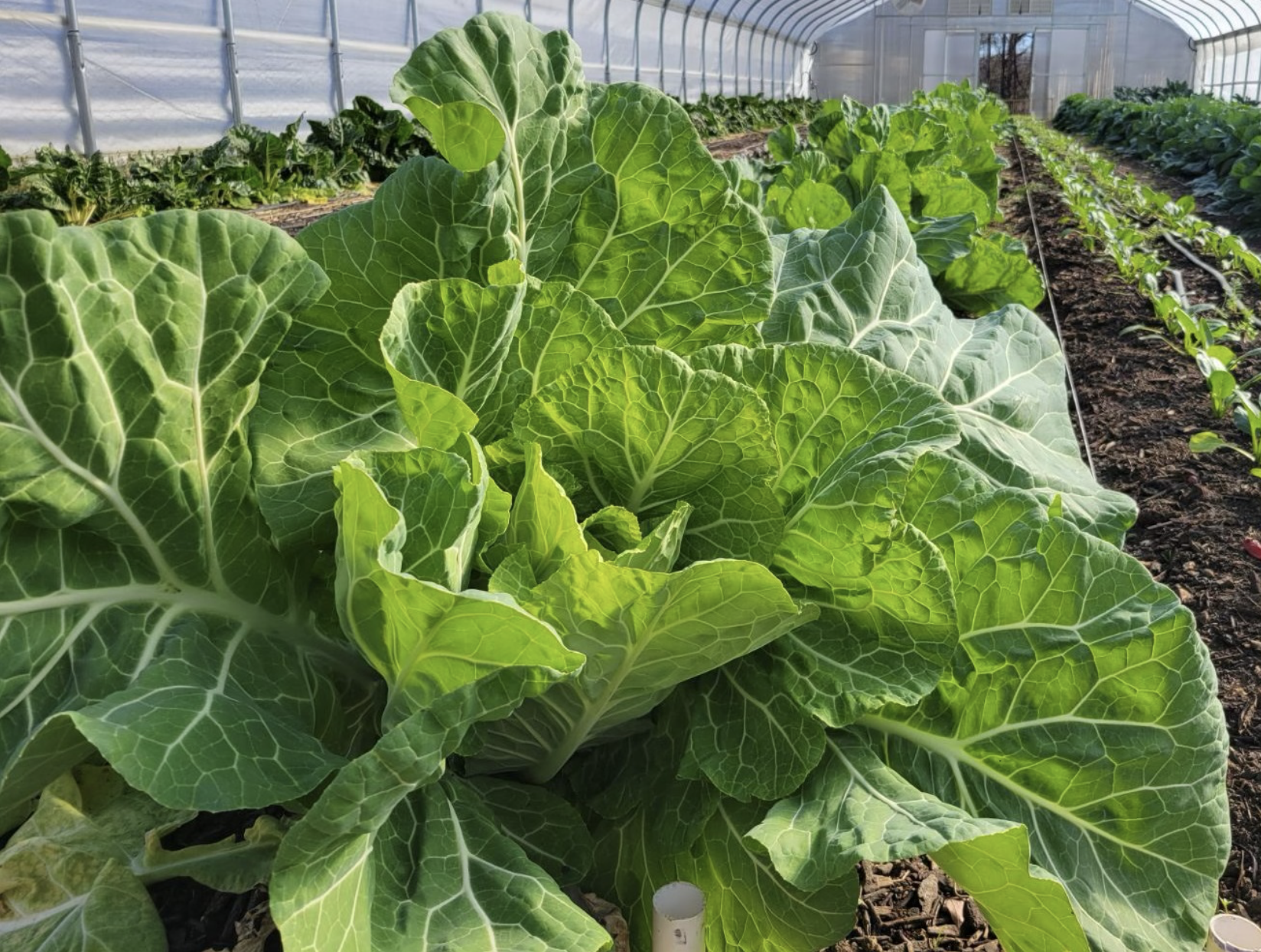
2. Prepare biennials for winter to save seed next season.
Biennial plants don’t produce seeds until their second year. If you want to save seed from your favorite biennial crops like cabbages, collards, beets, carrots, and hollyhocks, you’ll need to overwinter them.
Many biennial crops can survive temperatures into the 20°Fs. If you live in a mild climate, you may be able to overwinter them right in the field or in a tunnel. They benefit from some cover, even just frost cloth and low tunnels. Place a thick layer of mulch over their roots.
In colder climates, you’ll have to store the crops indoors in damp peat moss or similar material over the winter before transplanting them out in spring.
Learn more about saving seed from biennial crops.
3. Put away garden supplies.
All of your garden gear will last longer if you keep it out of the winter weather. Do a garden tidy day and take down any trellises, move tools under cover, and put away irrigation tape, hoses, and landscape fabric.
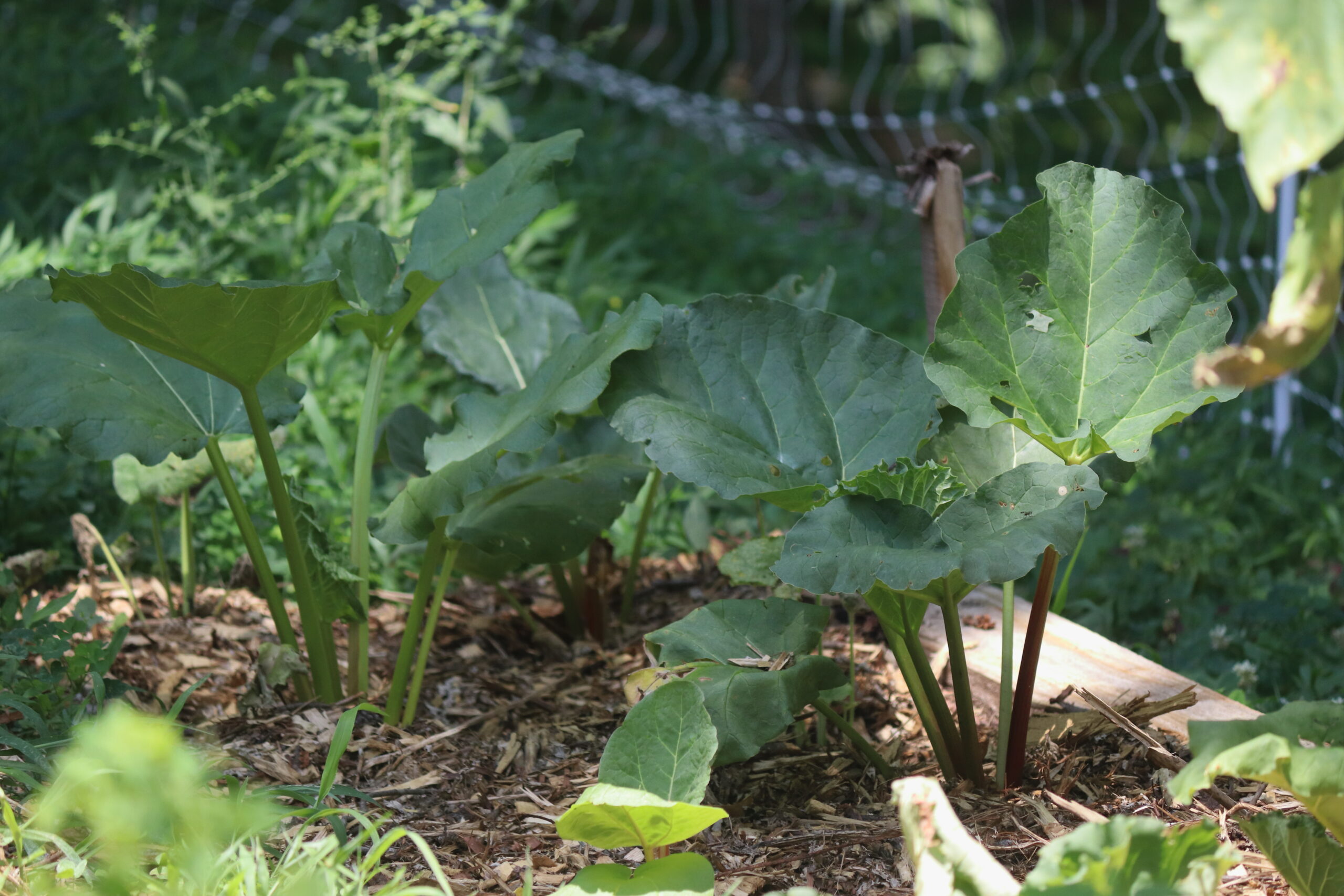
4. Mark perennials.
It’s easy to forget where you planted perennials. Go around your garden and place stakes to mark perennials like echinacea, asparagus, and rhubarb so you don’t accidentally disturb them next spring.
5. Cover any bare soil.
Ground cover helps protect soil and beneficial microbes from erosion and freeze thaw cycles. It can also reduce weed pressure in early spring. Depending on your climate, you may be able to sow a winter cover crop. You can also mulch your soil with straw, leaf litter, grass clippings, brother natural materials. 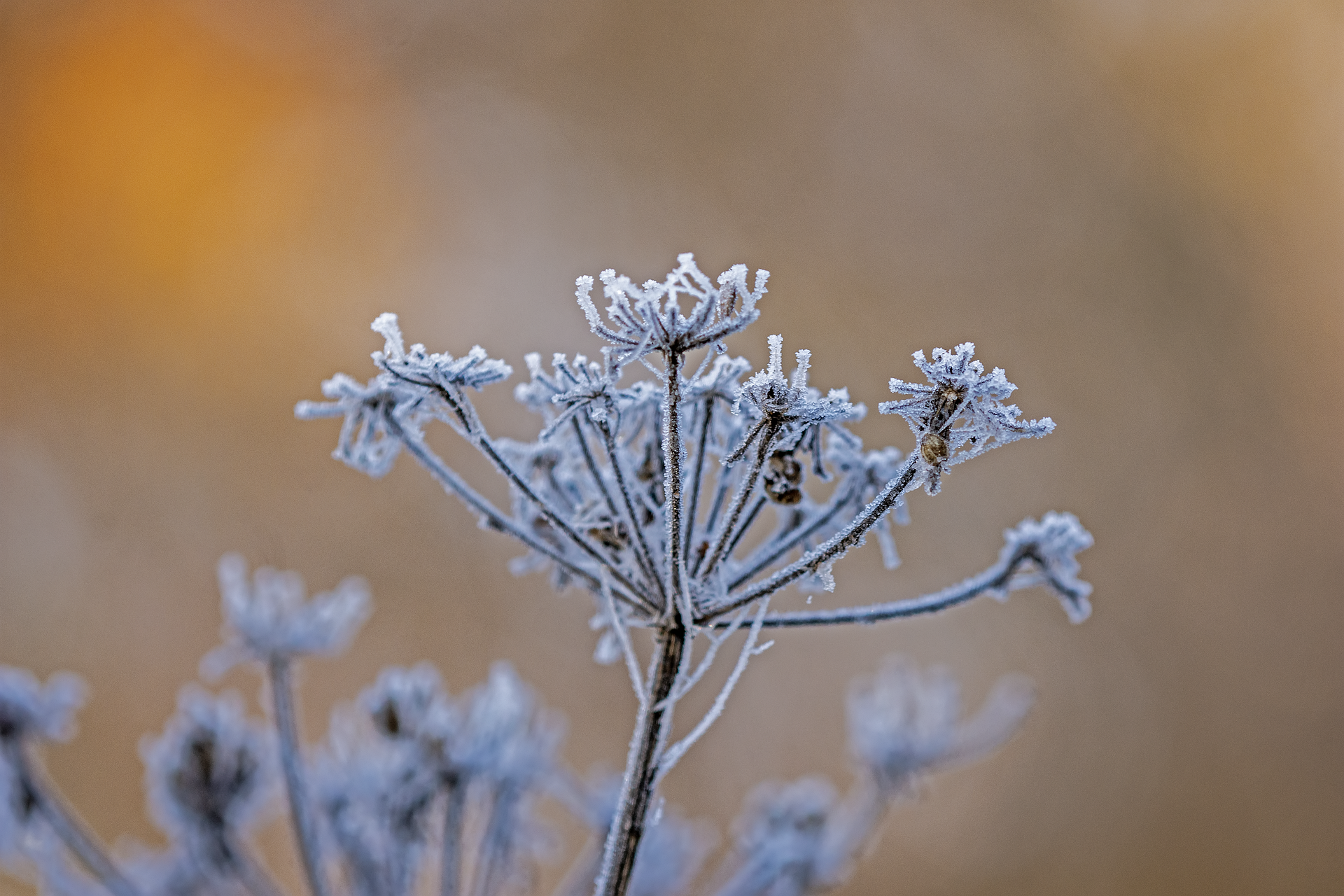
6. Leave standing flowers for pollinators and birds.
Many pollinators and beneficial insects overwinter in dead plant material. Songbirds will also gather seeds from dead flower heads during the winter. Leaving the flower stalks of plants like rudbeckia, dara, echinacea, and sunflowers standing in the garden can help provide a home for insects like solitary bees and food for birds like chickadees.
7. Remove and burn or dispose of diseased or pest-ridden plant material.
While we love leaving some patches of dead flowers standing, you should always remove any plants that had issues with pests or diseases. This applies to crops that are disease-prone in your area, even if they were fine this season. Common examples include tomatoes with late blight, asparagus stalks with asparagus beetles, cucumbers with downy mildew, or hollyhock stalks with rust.
8. Build up your compost pile.
Compost piles can keep working through the winter even in surprisingly cold climates. The key to making compost in winter is having a large enough pile to generate and retain heat. Build up your compost pile this fall and early winter by sourcing various brown or carbon-rich and green or nitrogen-rich material. Great examples include grass clippings, fallen leaves, plain brown cardboard, coffee grounds, jack-o’-lanterns, sawdust, seaweed, and wood chips. 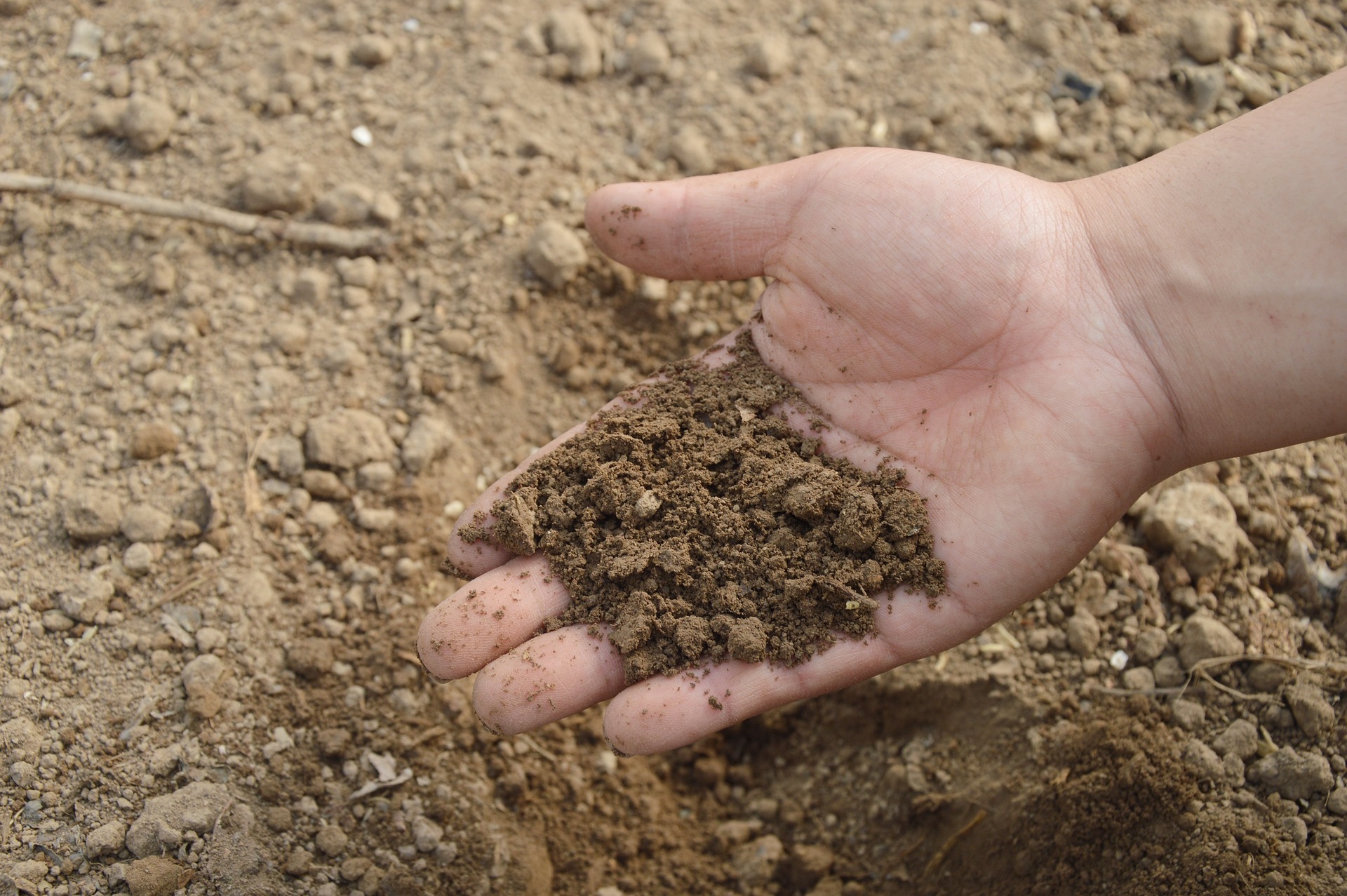
9. Get a soil test.
A soil test will pinpoint exactly what nutrients your garden needs. Many people opt for a soil test in the spring, but it’s fine to collect soil samples in the fall. It also means you’ll get your results back much quicker. Laboratories often take weeks to process samples in the spring when they’re overrun with orders. A fall soil sample will get you quick results so you can start building healthy soil during the winter and early spring, depending on your climate.
10. Create a garden map.
While you’re enjoying the fall weather, take a walk through your garden and sketch out this season’s layout. Keeping a record of what you planted where this season and some quick notes about how each crop performed can help you plan your layout for next season.
Gardening slows down in the fall, but it never comes to a complete halt. Preparing your garden for winter with these ten tips can help you get great production next season.

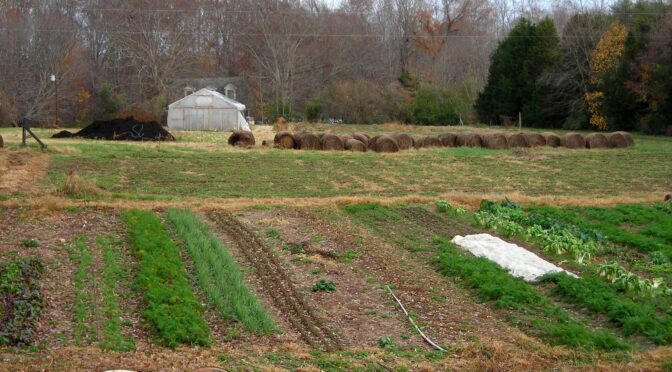
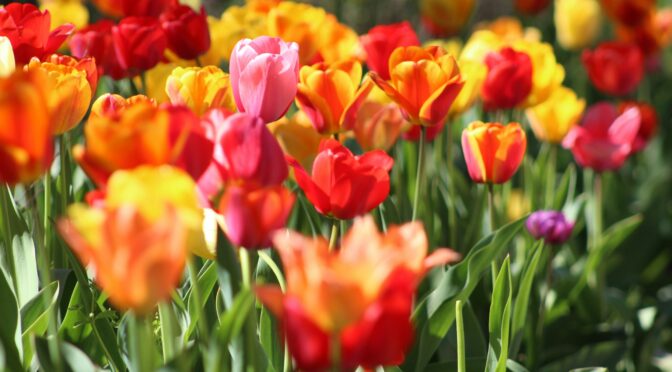
 Bulbs, Corms, Tubers, & Roots
Bulbs, Corms, Tubers, & Roots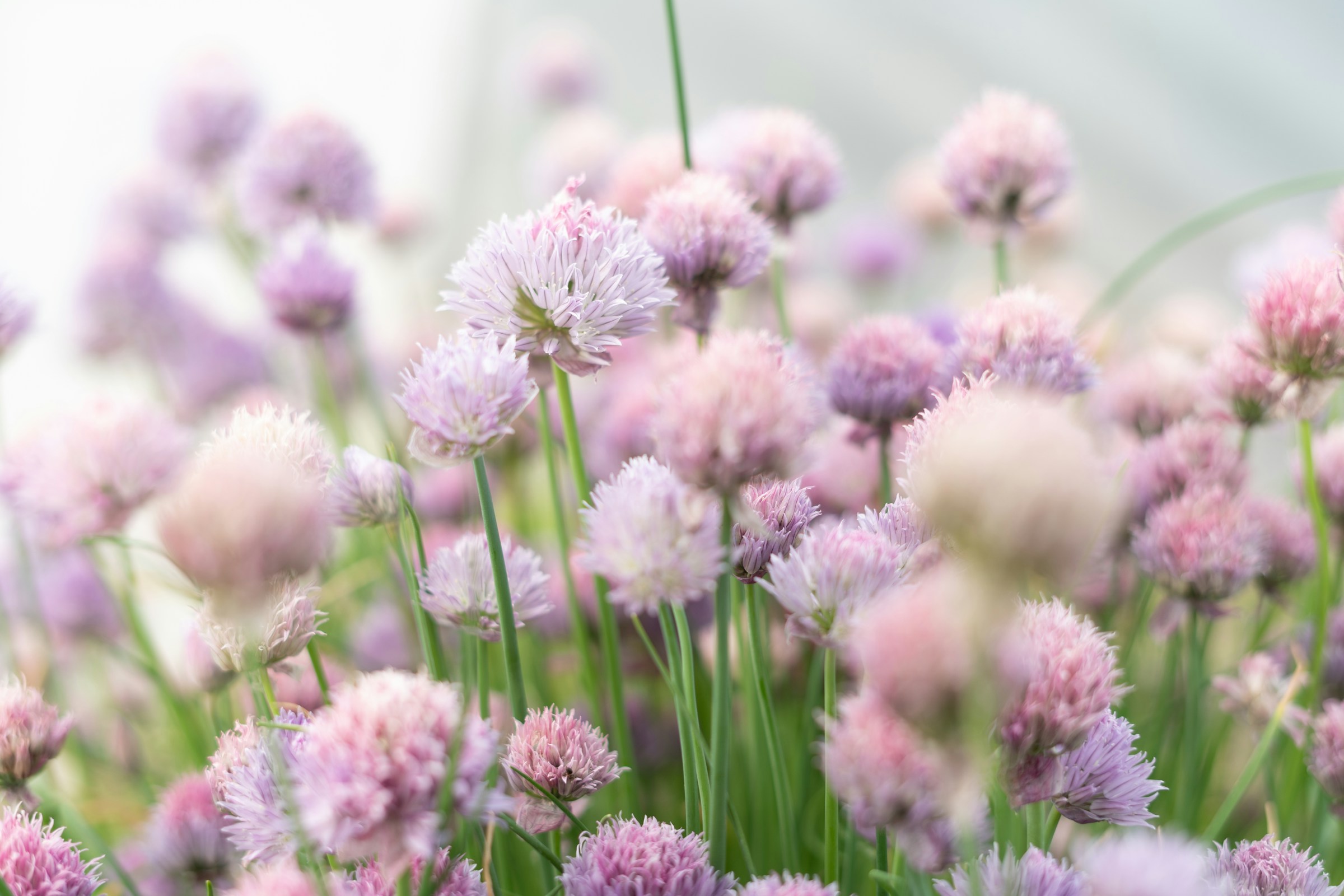 Fall-Planted Herbs
Fall-Planted Herbs 
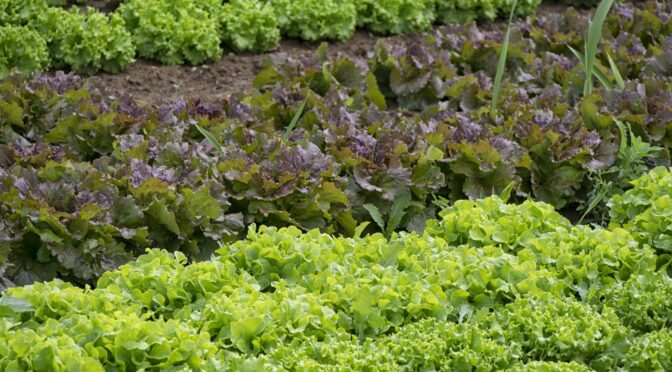
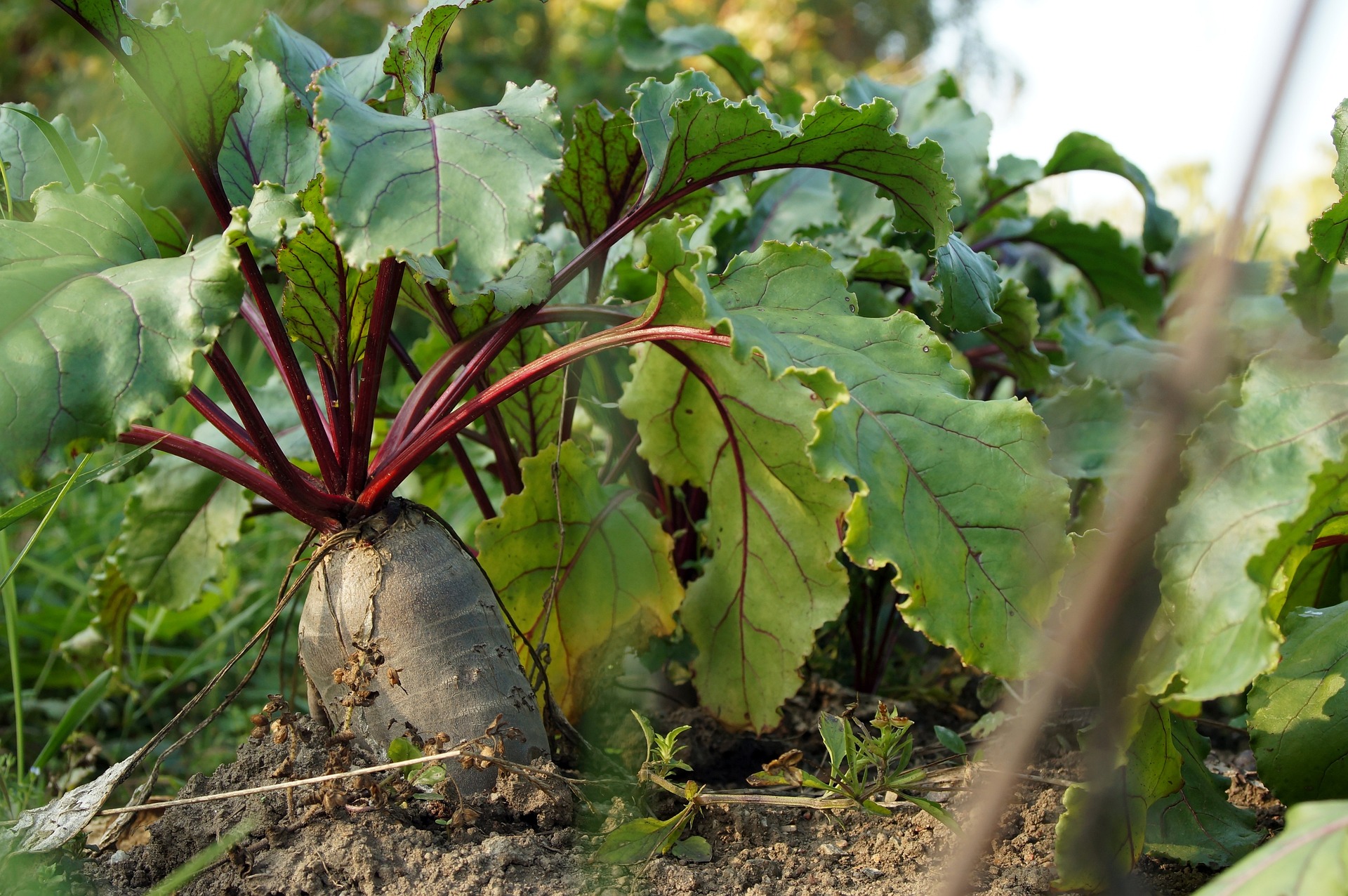 Keep Soil Cool and Moist with Boards, Burlap, or Cardboard
Keep Soil Cool and Moist with Boards, Burlap, or Cardboard